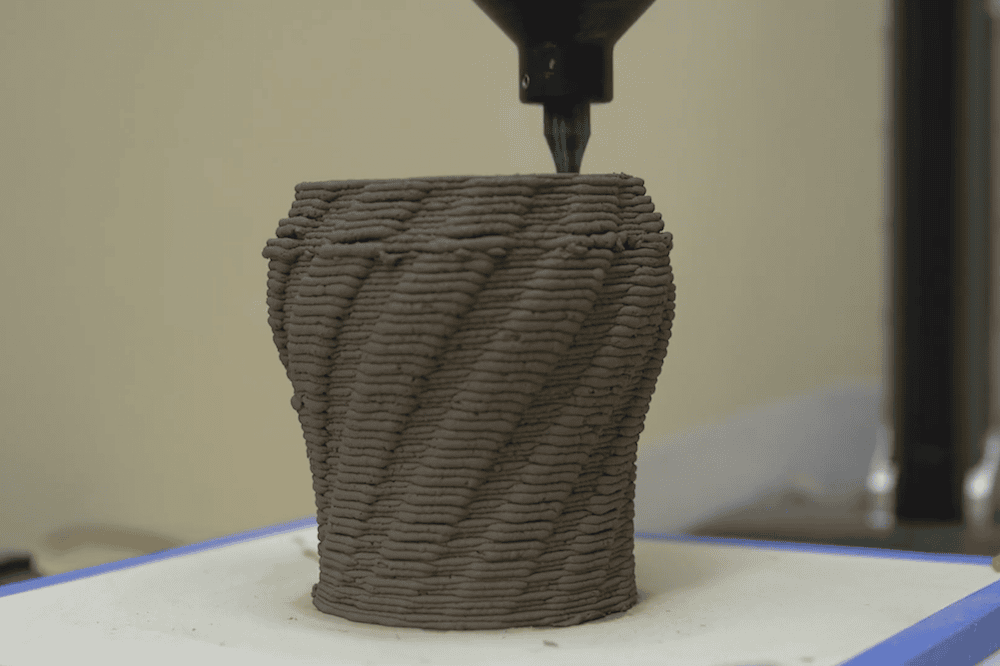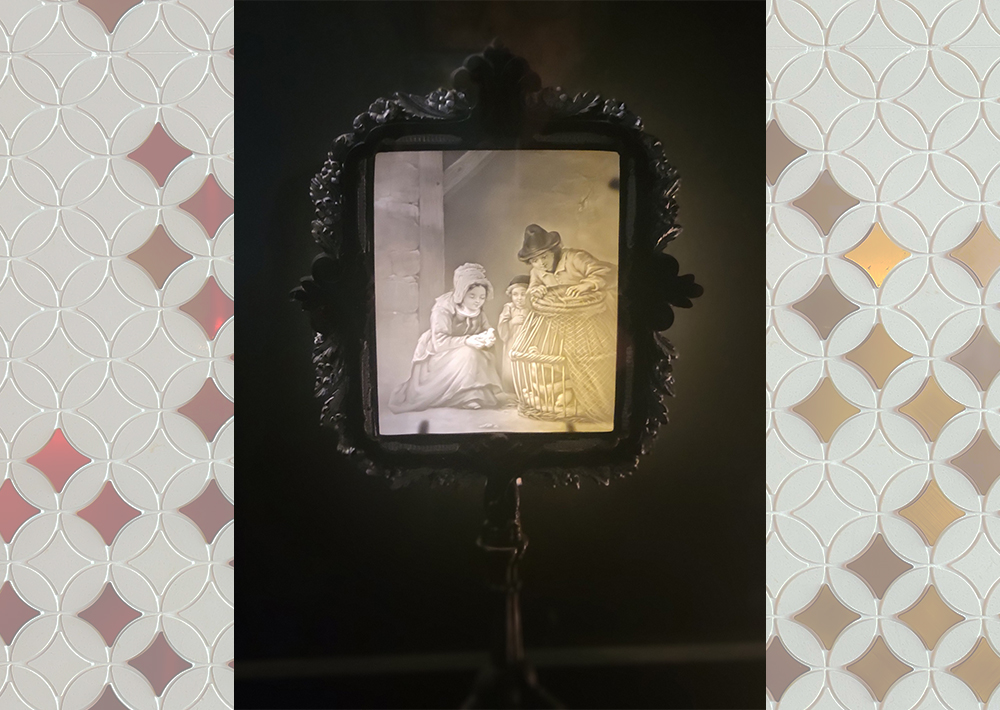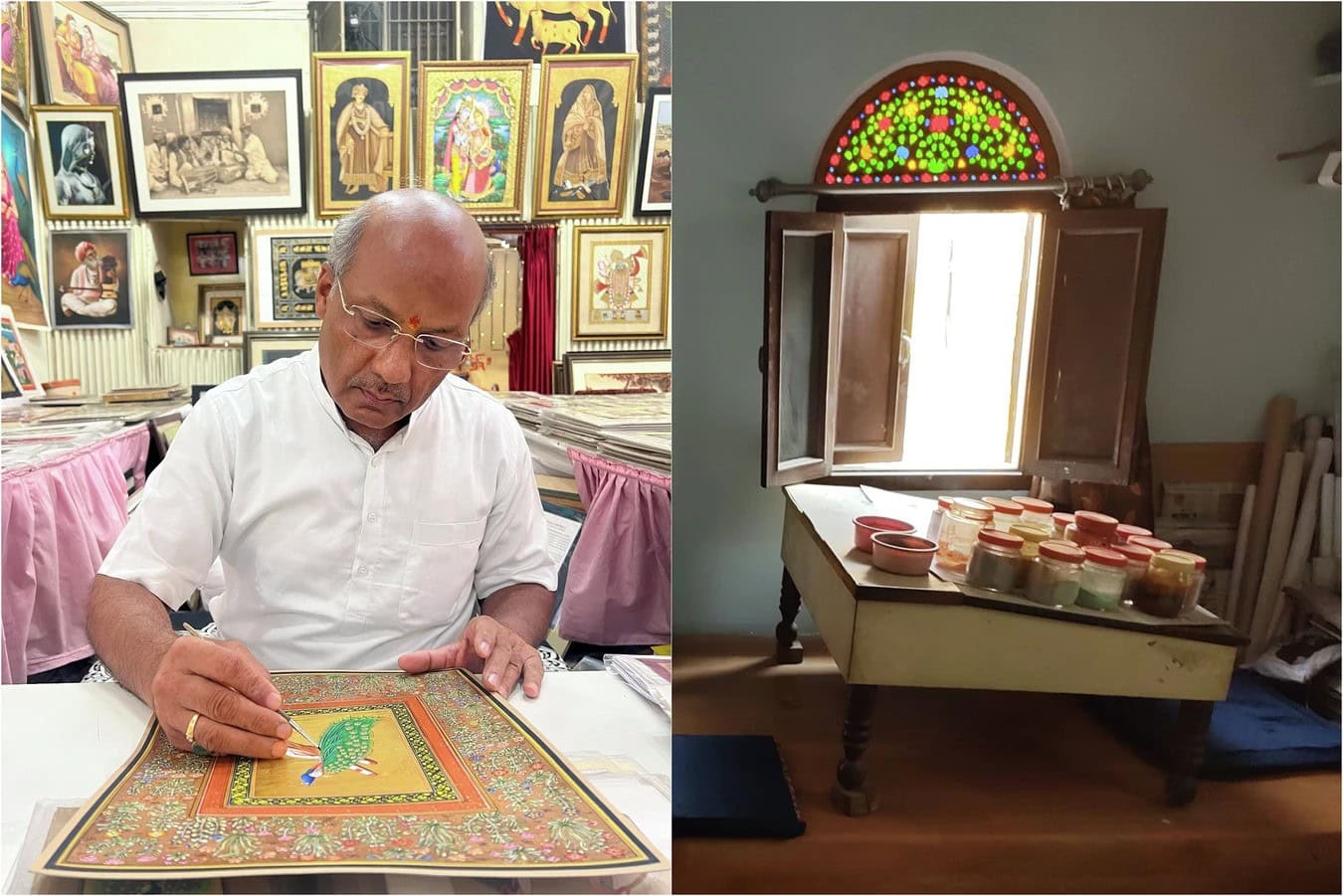
[Image above] Students at The University of Texas at El Paso used 3D printing to create 170 ceramic sculptures for an art exhibition. Credit: UTEP Miners, YouTube
Increasingly, 3D printing is ingratiating itself with the manufacturing community, offering a new (and sometimes cheaper) way to build essential products like bridges, airplane parts, and marine propellers. While 3D printing’s courtship with manufacturing is well documented in the media, there is another community 3D printing is courting as well—art.
3D printing offers people a new medium through which to express their creativity, and some people embrace the opportunity wholeheartedly in far-out ways: giant fidget spinners, wedding decorations, babies in utero. As more people experiment with 3D printing to create pieces once done by hand, like sculptures, discussion has risen among artists about whether 3D printing is really “art.” Some argue 3D printing is new territory requiring further exploration; others argue 3D printing can never achieve the visceral emotions portrayed by pieces shaped carefully by hand.
When a topic evoking disagreement such as this one arises, it can be difficult to convince people on opposite sides of the debate to come together and talk through their viewpoints. You could try offering people a free beer while they talk to relax tensions. Or, you could go a step farther than just talking—and have the naysayers try 3D printing for themselves.
That is the situation Vincent Burke, associate professor of art at the University of Texas at El Paso, unintentionally set up for his students when two visiting artists, Virginia San Fratello and Ronald Rael, travelled to Texas for help on a new art exhibition.
The exhibition, called Sections: New Cities Future Ruins, is a four-year curatorial initiative meant to encourage people to explore, reimagine, and reflect on the extreme urbanism of America’s Western Sun Belt. According to a 3D Printing Media Network article, San Fratello and Rael travelled to east Texas in summer 2017 to investigate the area’s native clays, and enlisted the help of Burke and his students to find, process, and test clays to find those best suited for 3D printing.

Vincent Burke and his students helped find, process, and test local clays for their suitability in 3D printing. Credit: UTEP Miners, YouTube
As a thank you for their help, San Fratello and Rael gave a 3D clay printer and software to Burke and his students. And, according to Burke, that led to some polarized discussions among his students. “No one was lukewarm,” he says in a UTEP news release. “I reminded them that (the printer) does not necessarily replace using our hands or a potter’s wheel. It’s a 21st century way to conceptualize our artistic practices and execute what is difficult if not impossible to do by hand.”
Despite the philosophical discussions among students concerning use of the printer, they successfully created a series of 170 3D-printed ceramic sculptures for the exhibition, which opened January 24 and will run through April 6.
For Burke, he says the 3D printer will continue to bring dynamic learning for future students by helping them learn how fine art, science, and the humanities interweave and inform each other. “It’s a different type of language and a unique process that will allow UTEP fine art students to conceptually engage with our ancient medium in new and exciting ways,” Burke says.
Learn more about Burke’s thoughts—and watch the clay 3D printer in action—in this week’s video produced by UTEP Communications. For those wanting to see even more examples of 3D-printed ceramic art, check out an interview with ceramic artist and academic Emre Can featured in Ceramics Monthly!

Credit: UTEP Miners, YouTube
Author
Lisa McDonald
CTT Categories
- Art & Archaeology
Related Posts
Celebrating the US Semiquincentennial: Ohio Creativity Trail
December 16, 2025
Lithophanes: Dedicated museum sheds light on these porcelain artworks
November 13, 2025


